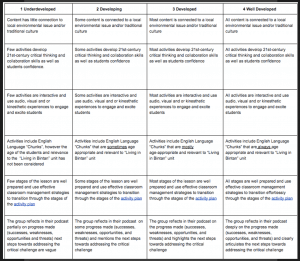In our, FIB Dpers Class, we have been working on a Stop Motion Animation Project. The slides below shows our preparation for the Set Day. The video we were working on was a description of classic Indian life in Mumbai.
We started off this process by making a partnership agreement
After we carried out the project – we individually reflected on our partnership agreements and asked these questions:
To what extent did you honour your original partner agreement? Looking back now, what is one thing you should have added to that agreement and how could that help future collaborations?
What did you bring to this collaboration? How well was your partner able to rely on you? What can you do to be more reliable in future projects?
My reflection on the partnership agreement is linked here
This is a link to our stop motion video.
For our project, we also created a rationale that helped us understand what we wanted to bring out in our body of work.

This is a reflection on our rationale and to what extent we followed this:
- What is the ‘emotional significance’ in this moment (what should the audience feel and why?)
- A sense of longing for home, especially for an Indian
- The way the details were conveyed brought an intimate touch to the piece
I felt like in our stop motion animation, the pictures and images wouldn’t really resonate or evoke nostalgia due to the slightly bad quality, however, the backing track and the audios piled up together using Indian music, background conversations in Hindi and Tamil, and the familiar sounds of India – dogs, cars, birds – all make the video quite emotionally impactful. The audio also has a lot of the intricacies and details with the timing, language, tone that add an intimate touch to the piece.
- What is the tone you want to convey in your work, and how does that reflect the original word choices in the passage? a) Never forget your roots, where you come from and how they will always be a part of you.
The tone of ‘never forgetting your roots’ wasn’t fully brought out in this video as the message of the video was more to resonate and illuminate the simple things and the atmosphere that make India ‘home’ and the video had some nice features that spread the message of what India is through it’s details. So, maybe more than to tell audiences to ‘never forget your roots’ the message was intended to allow audiences to ‘remember their roots’.
- Should the interpretation have voice over, music, dialogue, or a combination of all? What guides that decision?
- Sound effects and music will be heavily used, since it is an intricate description of the environment
We stuck to the rationale pretty thoroughly in this part as the interpretation in the video was fully composed of music, descriptions of the environment and dialogue to portray the Indian atmosphere – we used lots of small noises, for example, jewelry sounds, dogs, cars, traffic and birds to portray the environment in a detailed manner. We also made our content authentic by recording conversations and expressions common in the Indian environment and added them to our background track to make our interpretation a more accurate intricate description.
- Summarize the scene in three words and explain why you chose them:
- Vivid
- Resonant
- Emotional
The video can be quite resonant and emotional due to the texture and intricacy of the audio track but the visual description may lack in vividness as it was not really carefully thought about and is not realistic enough to portray the true Indian atmosphere.
- What is one question you would want your audience to wonder about and why?
- How does the place that you call home always draw you back no matter what?
- Why do we end up feeling like a place is home? – what details, environments, emotions and actions add to that.
I feel like the video does make people ask themselves what makes a certain culture special or the small details and often over-looked things that make their own homes and cultures so unique. This video is very specific to the culture of India and has an audio that make Indian listeners feel like ‘home’ through the environmental and emotional detailed added to it. Maybe it won’t evoke the same resonance or reflection to listeners not familiar with the content but could potentially have them asking these questions.



